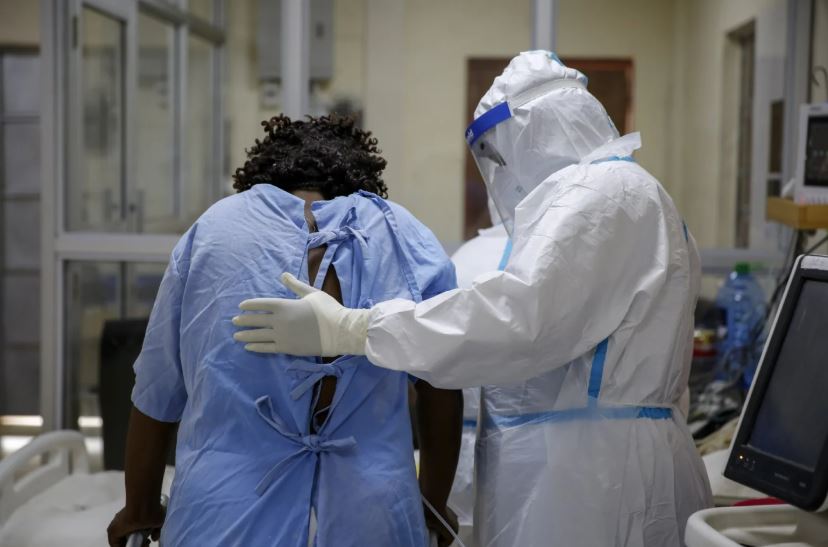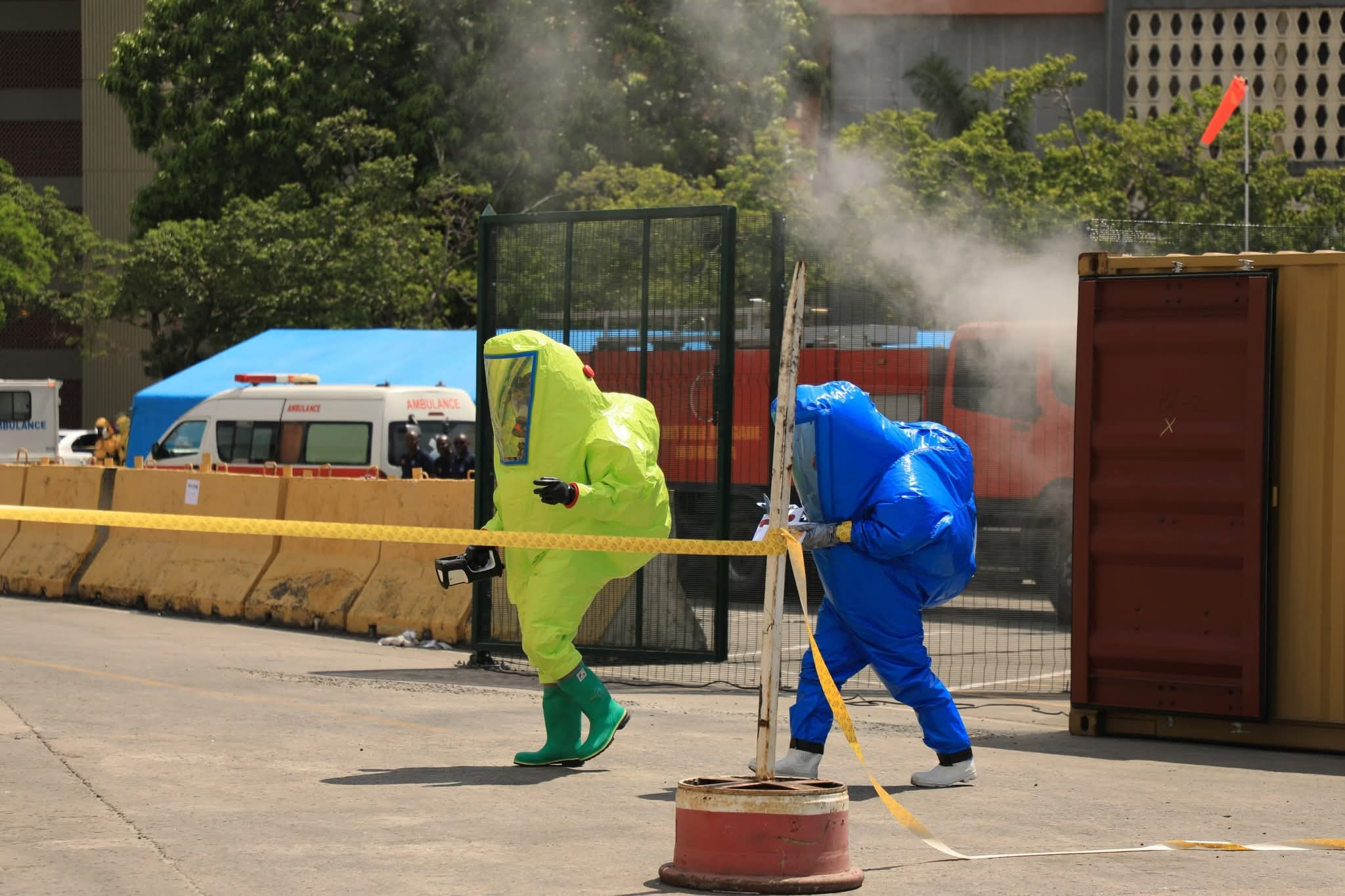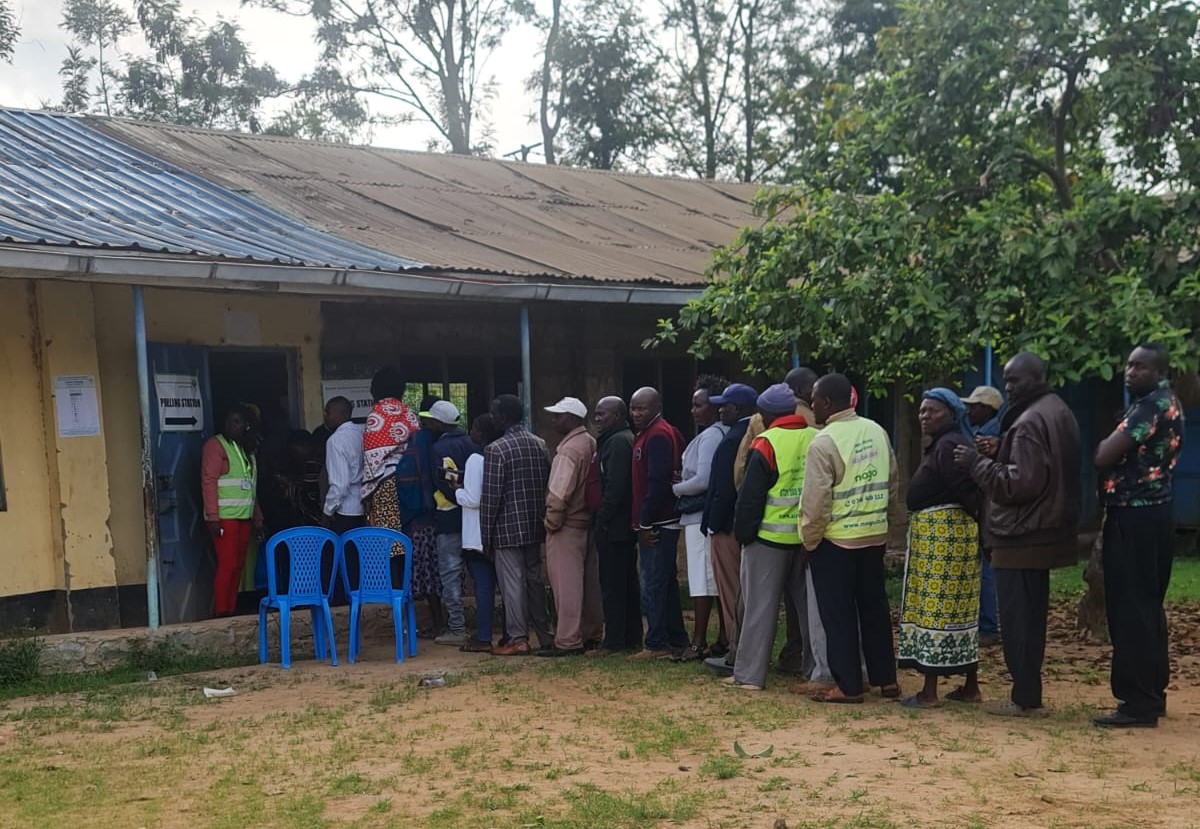Study shows physical exercise can greatly reduce cancer recurrence

Physical activity is now emerging as an active intervention that can directly influence cancer outcomes.
Research suggests that regular exercise doesn’t just enhance quality of life for survivors - it may significantly reduce the risk of cancer recurrence and mortality.
More To Read
- Home living: 10 essential items Kenyans should replace at least once a year
- Ruto announces increase in cancer treatment cover to Sh800,000 under SHA from December 1, 2025
- Study shows women under 50 face higher risk of colon growths from ultra-processed foods
- KUTRRH introduces groundbreaking nuclear therapy for advanced prostate cancer
- Study reveals why colorectal cancer resists immunotherapy
- Over 100 facilities accredited by SHA to provide cancer care after protests
Even more remarkably, new findings show that a single session of physical activity can spark measurable anti-cancer effects.
In Kenya, breast cancer is the second leading cause of cancer-related deaths among women, responsible for over 3,000 deaths every year. While treatment advancements have improved survival rates, many women continue to live under the shadow of recurrence.
New research has shown that regular physical activity can reduce cancer cell proliferation by up to 30 per cent. The key lies in the body’s natural response to exercise.
When we move, our muscles release special proteins called myokines into the bloodstream. These proteins help regulate inflammation, support immune function, and, in some cases, directly suppress cancer cell growth.
By reducing body fat, increasing lean muscle mass, and decreasing chronic inflammation - a major driver of tumour progression - exercise helps create a less hospitable environment for cancer.
A study published in Breast Cancer Research and Treatment revealed that even a single session of physical activity can have immediate anti-cancer effects.
In this study, researchers worked with 32 women who had completed treatment for stage I to III breast cancer. Each participant completed a 45-minute workout - either resistance training or high-intensity interval training.
Blood samples were collected before exercise, immediately after, and again 30 minutes later. These samples were then applied to an aggressive breast cancer cell line in the laboratory.
The results were striking. Blood collected after exercise reduced the growth of breast cancer cells by up to 29 per cent. This immediate response was attributed to elevated levels of myokines, which were significantly higher in the bloodstream following exercise.
In particular, increased more sharply in the HIIT group and remained elevated for 30 minutes post-exercise, while OSM levels stayed high in the resistance training group.
Both forms of exercise were effective in triggering these protective biological changes, offering survivors the flexibility to choose an approach that suits their preferences and physical capacity.
Although these findings were observed in laboratory conditions and represent short-term changes, they align with a growing body of evidence showing that exercise can positively influence cancer biology.
Long-term studies further support these conclusions. A 2025 meta-analysis published in Cancer Epidemiology, Biomarkers & Prevention explored the relationship between post-diagnosis physical activity and survival outcomes in breast cancer survivors.
Women who engaged in at least 2.5 hours of aerobic exercise per week — such as walking, swimming, or cycling — had nearly a 50 per cent reduction in all-cause mortality compared to those who were inactive.
Even women who exercised as little as one hour per week experienced a 25 per cent reduction in their risk of death. Survival rates followed a clear pattern; among women who didn’t exercise, the five-year mortality rate was approximately 11 per cent. For those who did some exercise, the rate dropped to four per cent, and for women who met or exceeded activity guidelines, it fell even further to just three per cent.
Cancer has become one of the most pressing public health concerns in Kenya. According to the Ministry of Health, it is now the third leading cause of death, trailing only infectious diseases and cardiovascular conditions.
Alarmingly, Kenya ranks fourth in Africa and 18th globally in terms of cancer mortality, with an estimated 144.3 deaths per 100,000 people attributed to the disease.
In 2023 alone, Kenya recorded approximately 42,000 new cancer cases. This figure is projected to rise sharply, reaching 58,000 new diagnoses annually by 2028, and could climb to 95,217 cases by 2040 if current trends continue. Presently, cancer claims about 27,092 lives each year, a burden that continues to grow.
For health systems, especially in resource-limited settings like Kenya, the implications are profound. Exercise is low-cost, safe, non-invasive, and adaptable.
Unlike high-tech treatments or specialised medications, physical activity can be made accessible through community programs, patient education, and clinician-led counselling. But to unlock its full potential, exercise needs to be integrated into formal cancer care - not treated as an optional lifestyle improvement, but as a core component of survivorship planning.
While comprehensive global data on sedentary behaviour, such as time spent sitting, remains limited, existing studies estimate that adults now spend an average of 4.7 to 6.5 hours per day seated. This figure is steadily rising year by year, reflecting widespread shifts in how people live and work.
Kenya, like many other countries around the world, is increasingly affected by this growing trend toward physical inactivity.
Sedentary lifestyles - defined by long periods of sitting or reclining with minimal energy expenditure - are becoming more common, driven by changes in occupational patterns, transportation choices, and recreational habits.
Urbanisation, technological advancements, and the rise of desk-based work have all contributed to this transformation, especially in cities where walking and manual labour have been replaced by screen time and motorised transport.
The health consequences of this shift are profound. Physical inactivity is now recognised as a major risk factor for non-communicable diseases, contributing to an estimated 3.2 million deaths annually worldwide. Sedentary behaviour has been directly linked to a higher risk of cardiovascular disease, Type 2 diabetes, certain cancers, and premature mortality.
According to the World Health Organisation (WHO), approximately 31 per cent of adults globally, equivalent to about 1.8 billion people, did not meet the recommended levels of physical activity in 2022.
These guidelines suggest engaging in at least 150 minutes of moderate-intensity activity or 75 minutes of vigorous activity each week. This marks a five-percentage-point increase since 2010.
If current trends continue unchecked, global physical inactivity is projected to rise to 35 per cent by 2030, posing an escalating threat to public health systems around the world.
That means empowering healthcare professionals to prescribe and guide physical activity just as they would any other aspect of treatment.
It also means ensuring that survivors have access to safe spaces and supportive programs, whether through local health centres, hospitals, or grassroots initiatives.
Top Stories Today













































